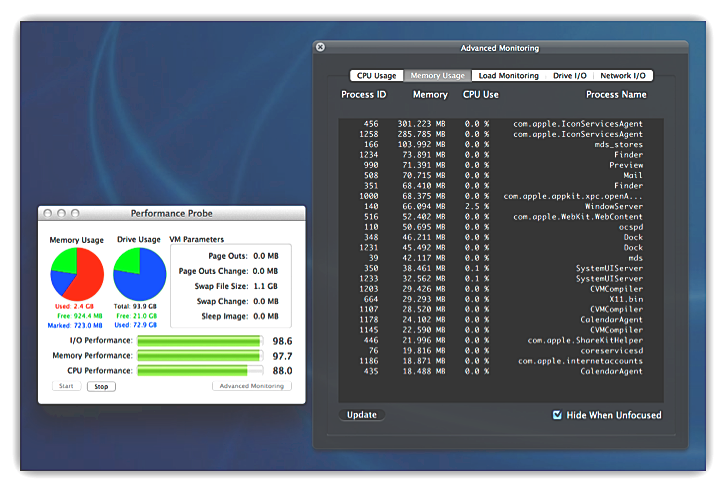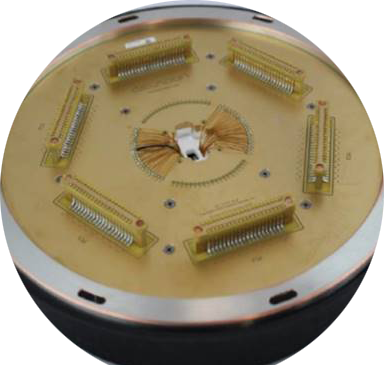

In this study, we developed a novel, miniaturized ligament performance probe (MLPP) system that can be inserted into small ligaments to facilitate the measurement of their biomechanical properties. However, because the sensors were custom-made, they only have limited usefulness under other conditions. The device used a small force probe in a custom-made ankle ligament and clarified the tensile pattern of the anterior talofibular, calcaneofibular, posterior talofibular, and tibiocalcaneal ligaments during passive circumferential rotating motions of the ankle and subtalar joints. We previously used a custom-made ankle ligament testing device to directly measure the load on each ankle ligament.

This is because the existing biomechanical sensors, used in large joint research, are too big to fit within the ankle ligaments. However, very few studies have explored the biomechanical properties of the ankle or the tensile properties of each ligament during ankle motion. For example, the biomechanical properties of large joints have been defined by directly measuring the tensile strength of their associated ligaments. Measuring the strain patterns of joint ligaments, in several different joint positions, is necessary to understand their function. The MLPP system is capable of measuring ATFL strain patterns thus, this system may be used to effectively determine the relationship between limb position and ATFL ankle ligament strain patterns. Within the elastic range of the ATFL (the range within which it can return to its original shape and length), the tensile force was proportional to the strain, in all specimens. The ATFL was maximally tensioned at the 2 and 3 o’clock (inversion) positions (96.0 ± 5.8 and 96.3 ± 5.7) and declined sharply towards the 7 o’clock position (12.4 ± 16.8). Throughout the motion required to shift from 15° dorsiflexion to 30° plantar flexion, the ATFL tensed near 20° (plantar flexion), and the strain increased as the plantar flexion angle increased. Individual strain data were aligned with the neutral (0) position value the maximum value was 100. The clock was rotated in 30° increments to measure the ATFL strain detected at each endpoint by the miniature force probe. With a 1.2-Nm load applied to the ankle and subtalar joint complex, the ankle was manually moved from 15° dorsiflexion to 30° plantar flexion. To measure tensile forces, a round, metal disk (a “clock”, 150 mm in diameter) was affixed to the plantar aspect of each foot. An MLPP system, comprising a commercially available strain gauge (force probe), amplifier unit, display unit, and logger, was sutured into the midsubstance of the ATFL fibers. Six fresh-frozen, through-the-knee, lower extremity, cadaveric specimens were used to conduct this study. The present study aimed to validate a novel miniaturized ligament performance probe (MLPP) system for measuring the strain patterns of the anterior talofibular ligament (ATFL) during ankle motion. This limitation exists because current biomechanical sensors are too big to insert within the ankle. However, few studies have examined the biomechanical properties of ankle ligaments further, the tensile properties of each ligament, during motion, have not been described.

Easily replaced internal 9 volt battery power the unit for up to six months.Įach Flow Probe is shipped complete in a carrying case.Measuring the strain patterns of ligaments at various joint positions informs our understanding of their function. Three button keypad also allows readout of average velocity, time and mean velocity. The digital read-out, located on the top of the handle, displays instantaneous velocity as well as true velocity averaging. mylar coated staff gage graduated in hundredths and centimeters is attached directly to the lower section of the probe for instantly measuring water depth and probe position. The unit may be extended up to 6 feet in length for measuring sewers and from bridges. The housing may be placed directly on the bottom of pipes or streams for measuring flows down to 3" in depth.
#PERFORMANCE PROBE FREE#
The key feature is unique, free rotating turbo-prop propeller sensor protected inside a 2" diameter plastic housing. The anodized aluminum telescoping handle is available in lengths that extend from 3 ft. The Aquaflow Probe is a convenient flow meter that is capable of making complete discharge measurements. The Aqua flow Probe is an economical lightweight water velocity instrument that is excellent for storm water runoff studies, measuring flows in streams and partially filled pipes.


 0 kommentar(er)
0 kommentar(er)
